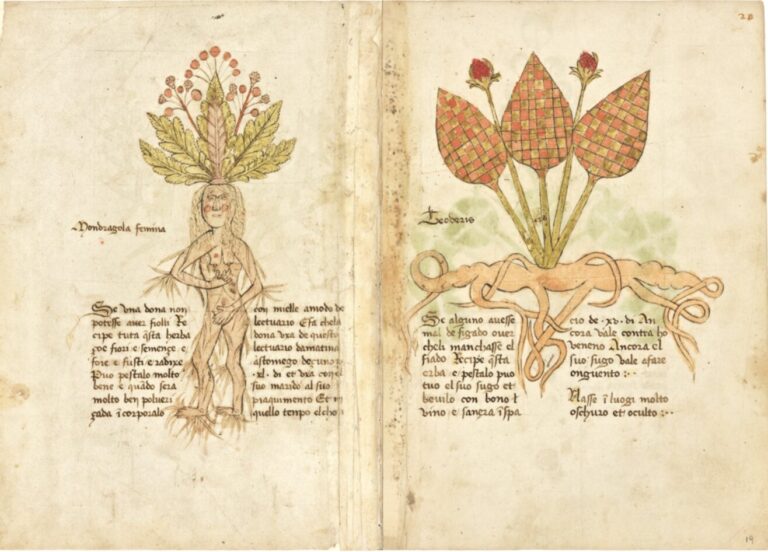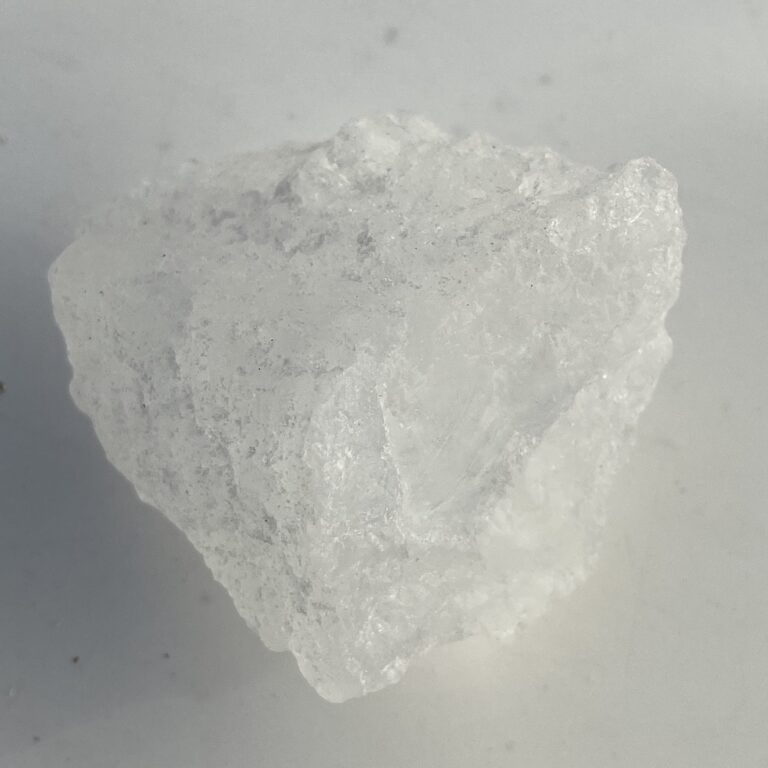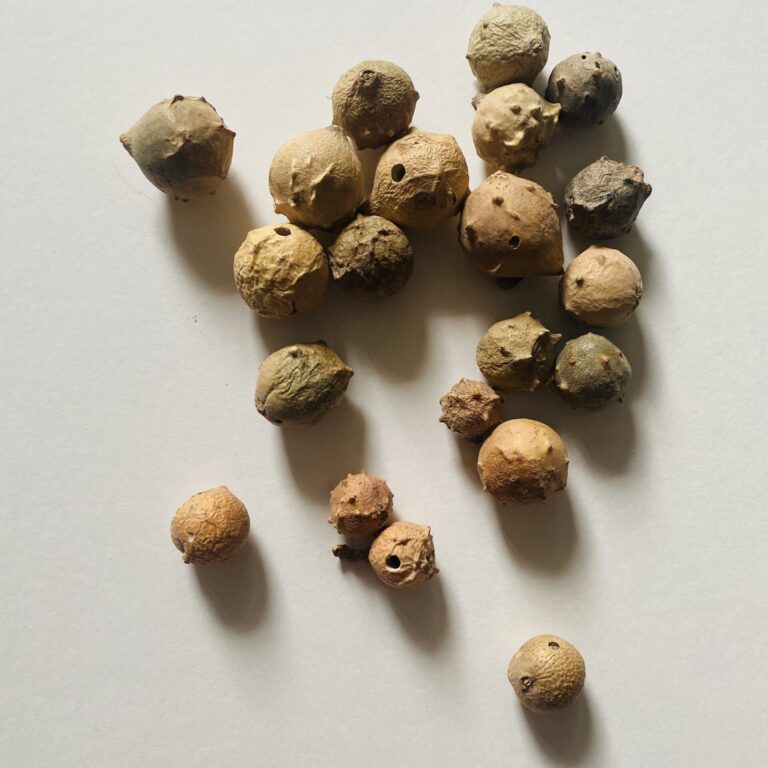Mordants are the matter we use to support the further fastening of certain dye molecules into the fibers. The majority of botanical dyes seem to require a mordant in order to fasten to both protein and vegetable fibers in a stable way when using a heated dye bath process. Some dye matter does not require a mordant at all, or will offer a different shade of colour without it. Mordants also come in various forms and can be combined with fibers either before or after dyeing, or in combination with one-another.

When we use the word “mordant” we use a word coined in medieval times, when the notions of female humane-look alike plants like Mandragora [1] was also considered (scientific) truth.
Therefore the etymological definition of the word mordant is always holding us into the medieval -mordere, so -to bite into the textile. Yet, that may not be the most accurate depiction of its function.
A mordant is instead a metallic salt, it’s a “connector” bridging between the fibers and the biochromes- by nesting itself into the fibers or around the fibers.
It is not per se “biting” into the textile – in fact when we look at the molecule of aluminium – we see how it’s ready to “bridge”, to act as a “connector”. It is in fact more likely that the biochrome (the dye molecule) that “bites” into the mordant. This also refers to a process of chelation.

